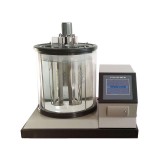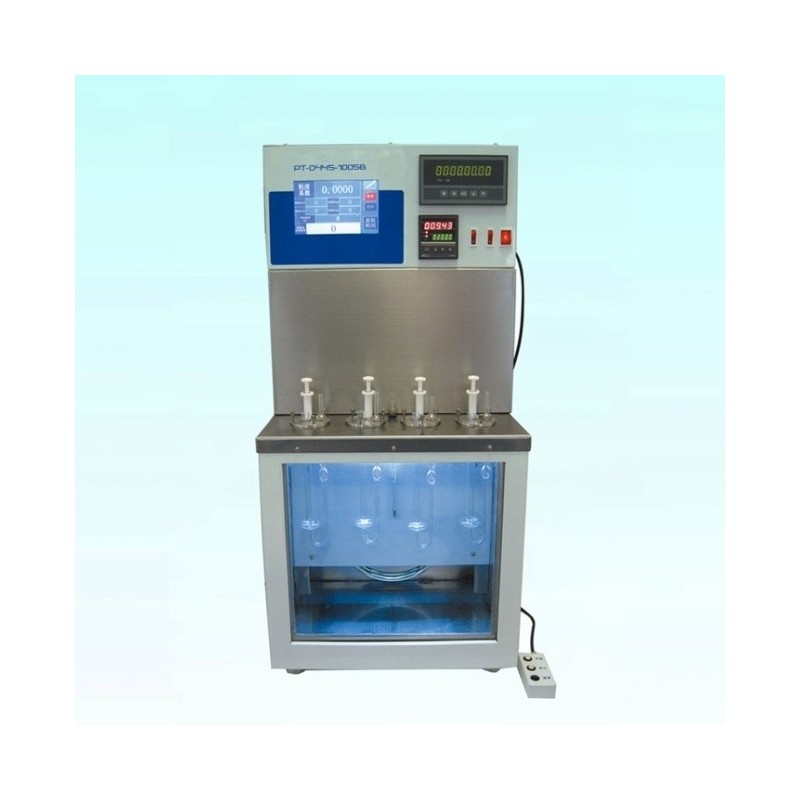

Consequently, correct storage and careful cleaning of the capillaries are essential.īy default, petroleum samples can be measured with manual or automated glass capillary viscometers. Apart from particles in the sample, dust particles inside the capillary can be the cause of faulty measurements. The pore size of the required filtering screen is 75 µm, so particles larger than 75 µm need to be filtered. Filtering is required if the sample contains fibers or solid particles.

Particles are one of the most common error sources. For opaque liquids, two reverse-flow capillaries are required to determine the kinematic viscosity. Residual fuel oils and opaque liquids are homogenized by various heating and stirring steps, and particles must be removed with the help of a preheated filter.If the sample fluid contains fibers or particles, an additional filtration step is required. Transparent liquids need to be homogenized and degassed in an ultrasonic bath.The ASTM D445 procedure can be applied to both transparent and opaque liquids :


 0 kommentar(er)
0 kommentar(er)
